Lucius Cornelius Scipio Barbatus (337 BC – 270 BC) was a Roman politician and soldier, consul in 298 BC.
His sarcophagus, discovered in the family tomb he himself founded and now housed in the Vatican Museums, retains its intact epitaph, likely an excerpt from his funeral eulogy, engraved on the base of the sarcophagus in archaic Latin and Saturnine metrics. In addition to the eulogy carved on the coffin, the lid features a painted inscription on the front with the deceased's patronymic ([L(UCIOS) CORNELI]O(S) CN(EI) F(ILIOS) SCIPIO).
The sarcophagus, originally in the Tomb of the Scipios on the Appian Way, was made of peperino stone and can be dated with relative accuracy to 280 BC. It was the only one to feature elaborate architectural decoration. It was designed in the form of an altar, with a noticeably tapered coffin, moldings at the bottom, and a Doric frieze at the top with dentils, triglyphs, and metopes decorated with rosettes, each one different from the other. The lid ends with two lateral dosserets that resemble the volutes of the Ionic order. Furthermore, a cylindrical object is carved on the upper side, terminating at both ends with acanthus leaves.
The piece's great artistic refinement, with its penchant for mixing styles (Doric, Ionic, and Corinthian), derives from models from Magna Graecia or Sicily and is an extraordinary testimony to the early openness to Hellenism in the Scipios' circle.
The extraordinary archaeological discovery had a great impact and inspired Roman sculpture workshops to create a miniature reproduction for wealthy travelers on the Grand Tour.
Measurements
W 20.5 cm
D 8 cm
H 12 cm
++++++++++++++++++++++++++++++++++++++DELIVERY AND PAYMENT++++++++++++++++++++++++++++++++++++
SHIPPING VIA MBE with UPS - TNT - FEDEX - DHL couriers
Payment methods: Bank transfer - Online credit card (also AMEX) - PayPal (+3.7%) - NO checks
+++++++++++++++++++++++++++++++++++++++++++++++++++++++++++++++++++++++++++++++++++++++++++++++



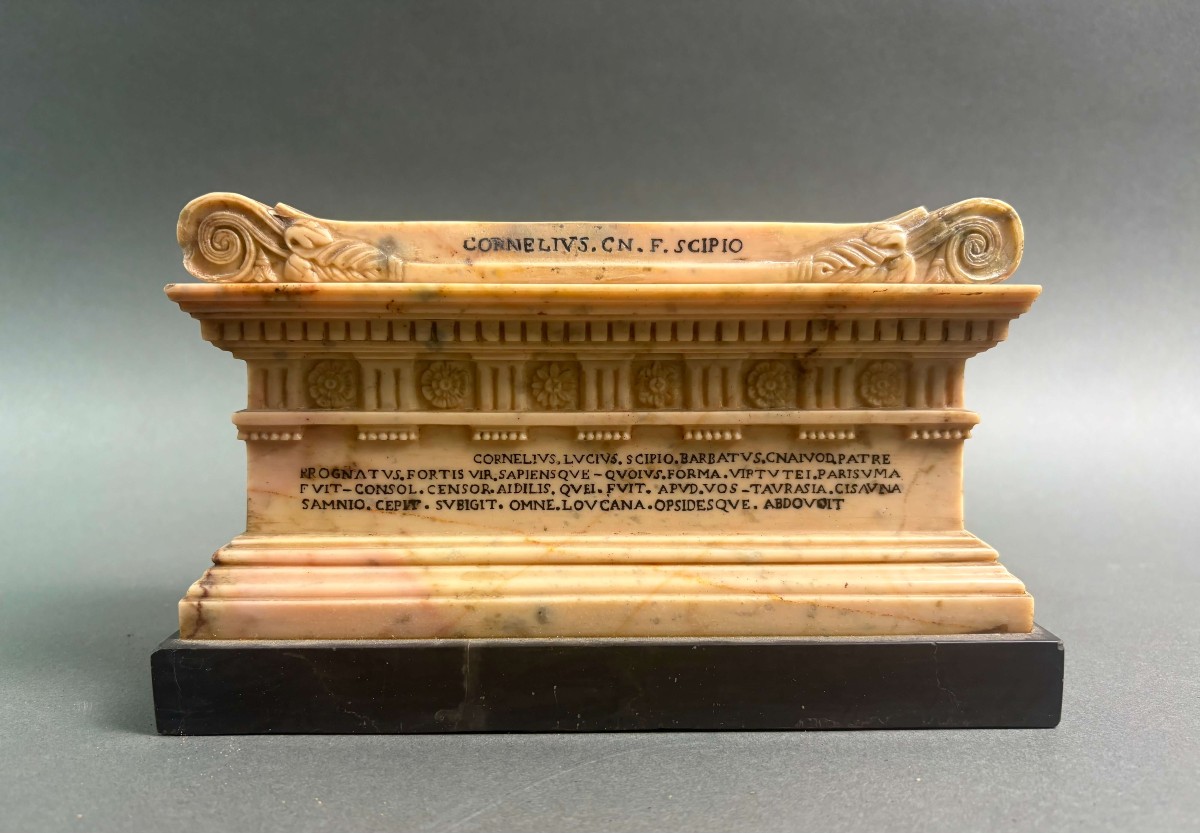


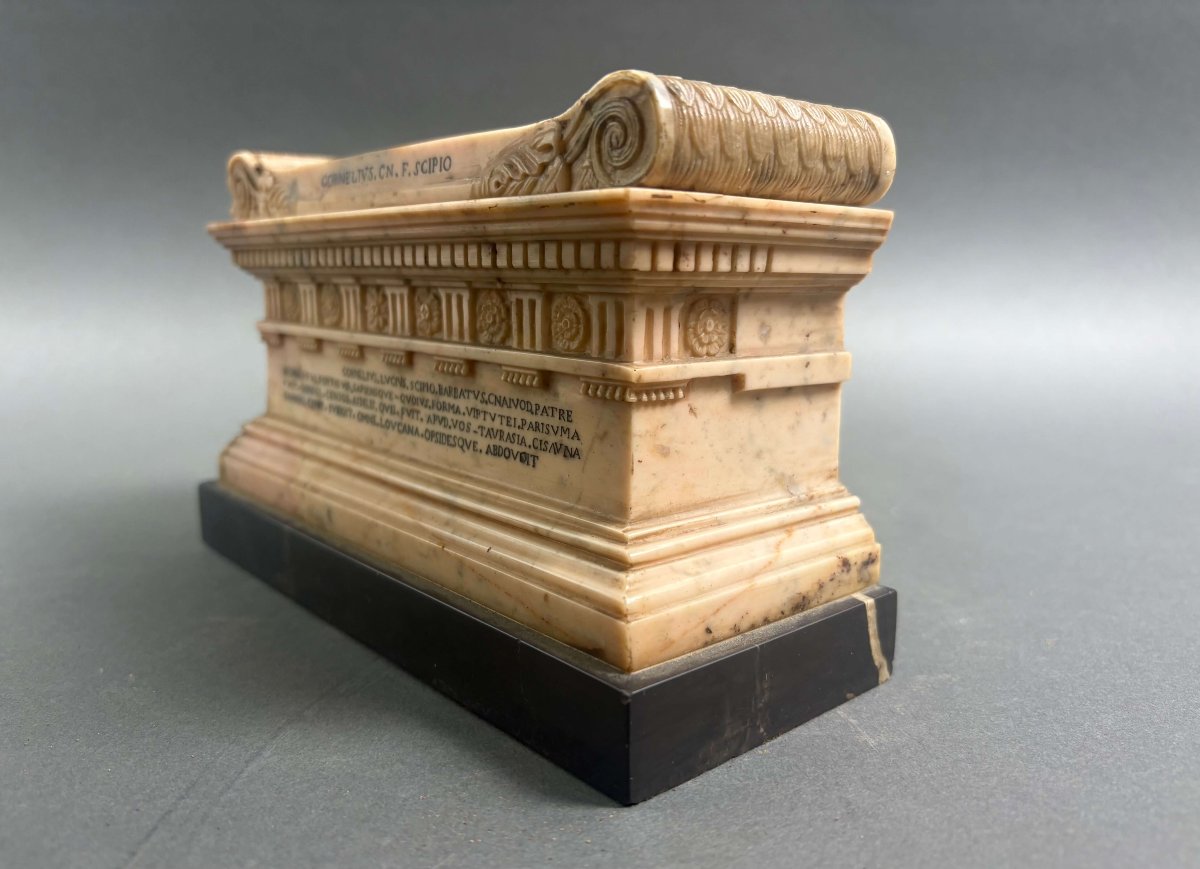
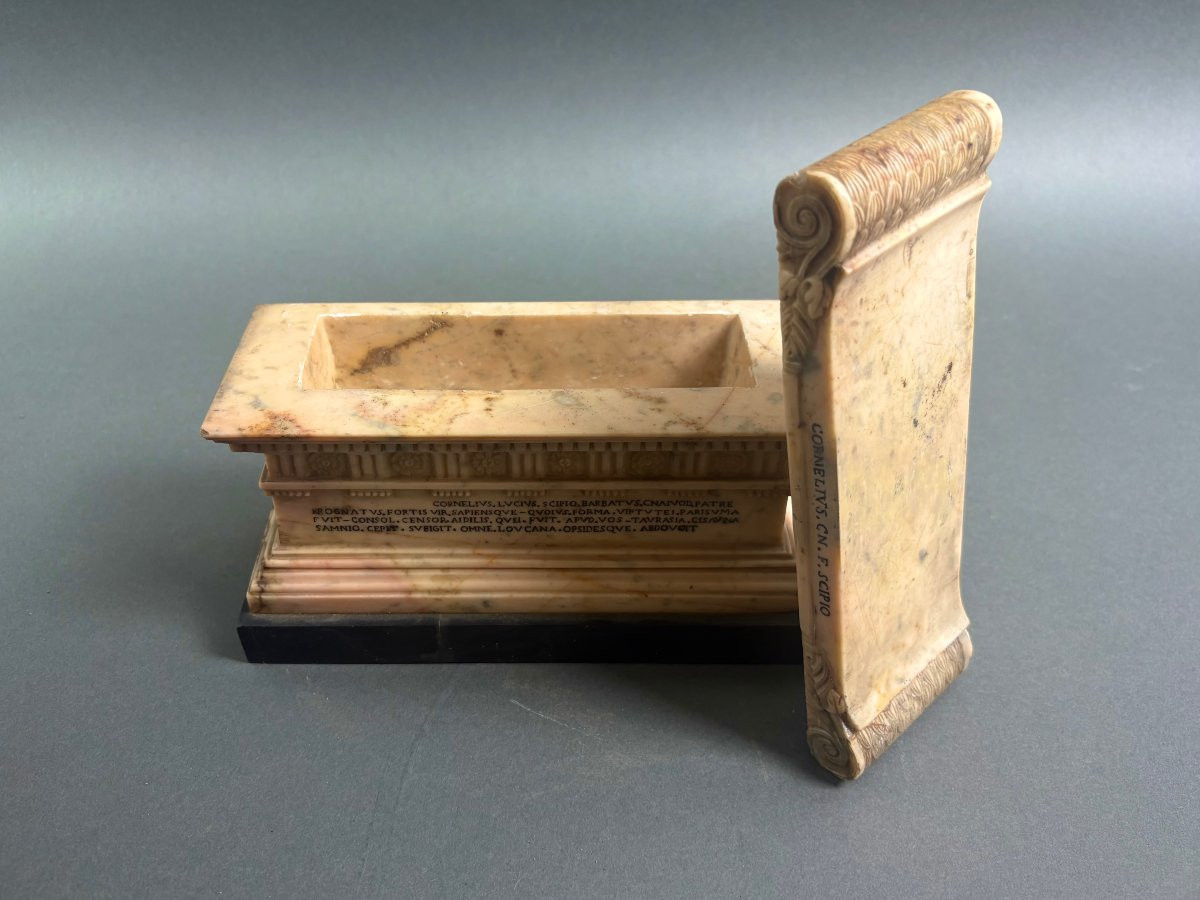
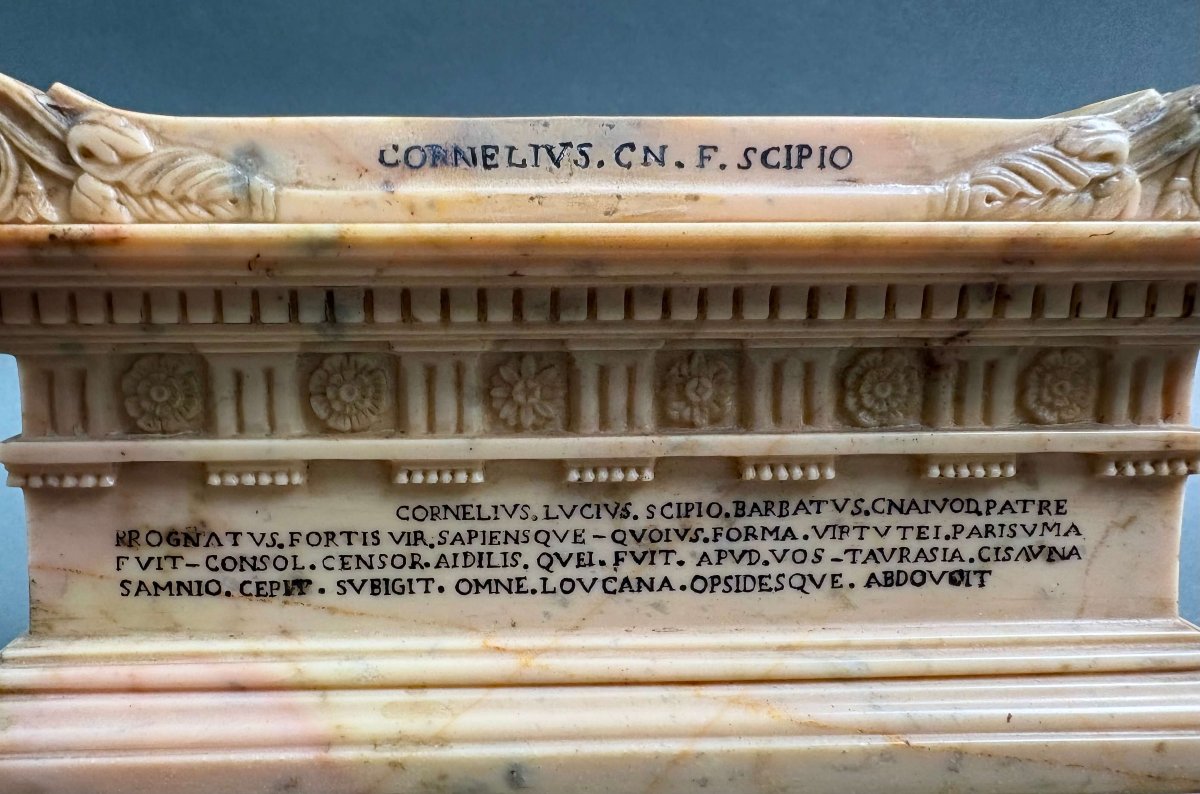

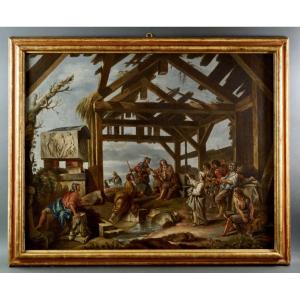








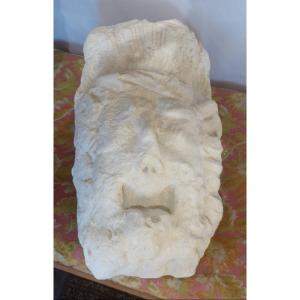
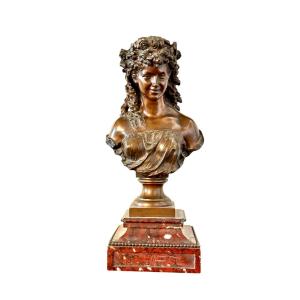




 Le Magazine de PROANTIC
Le Magazine de PROANTIC TRÉSORS Magazine
TRÉSORS Magazine Rivista Artiquariato
Rivista Artiquariato
